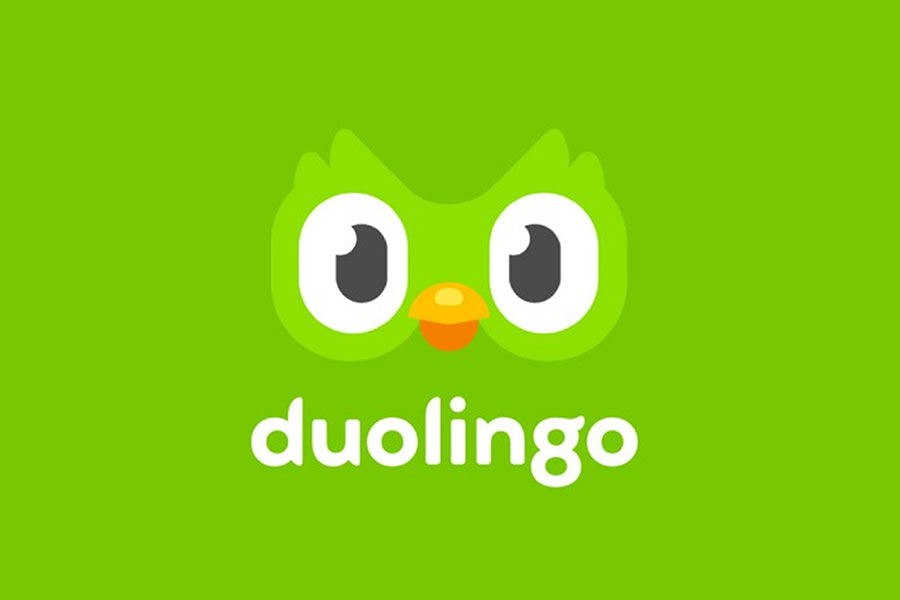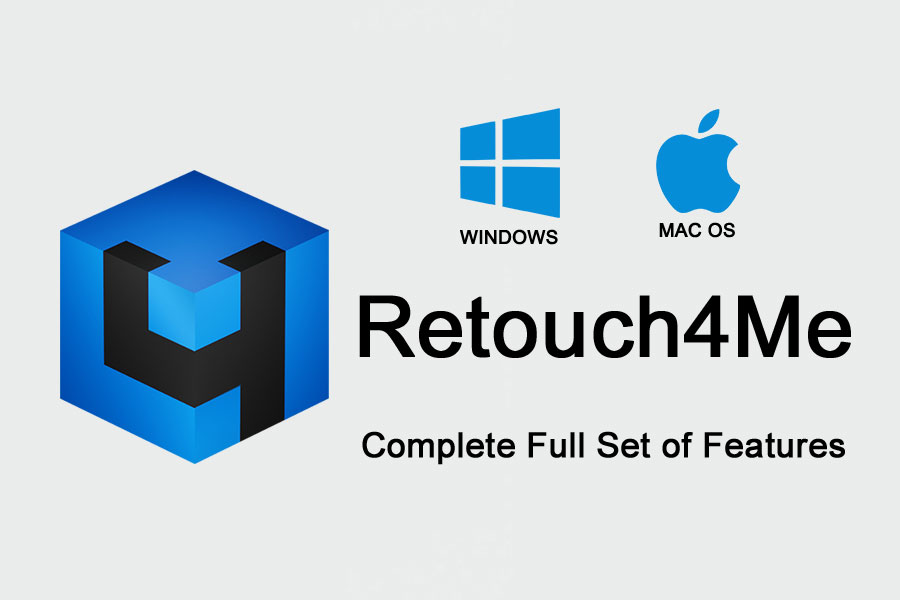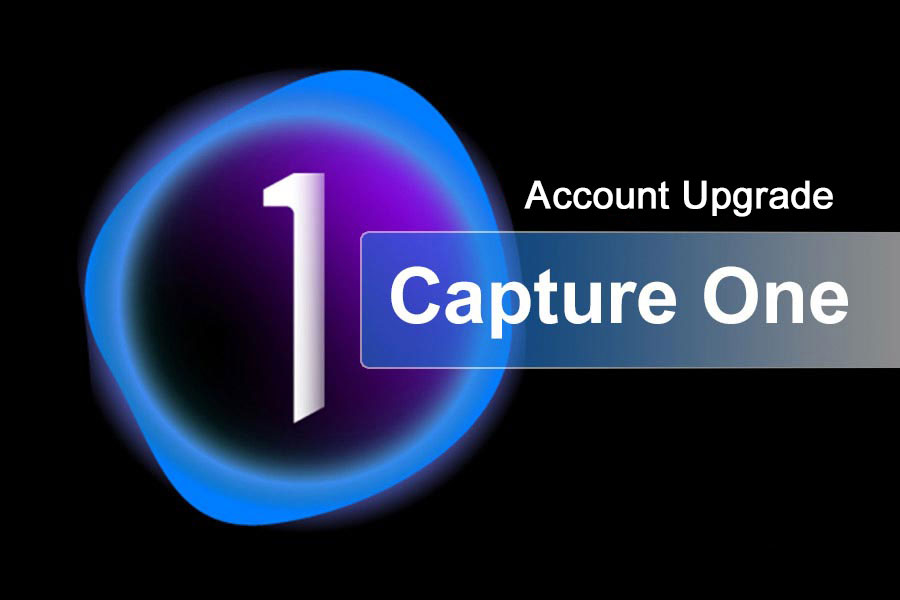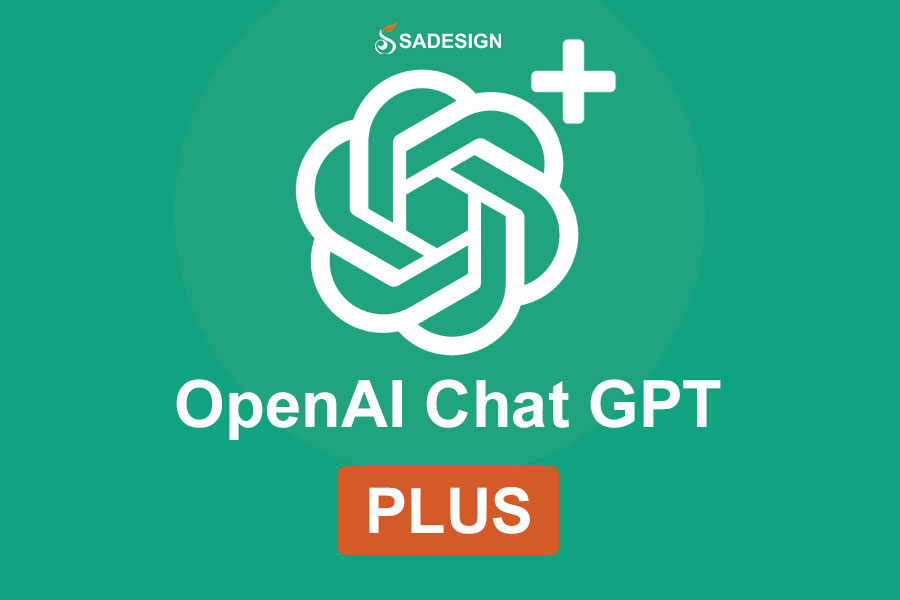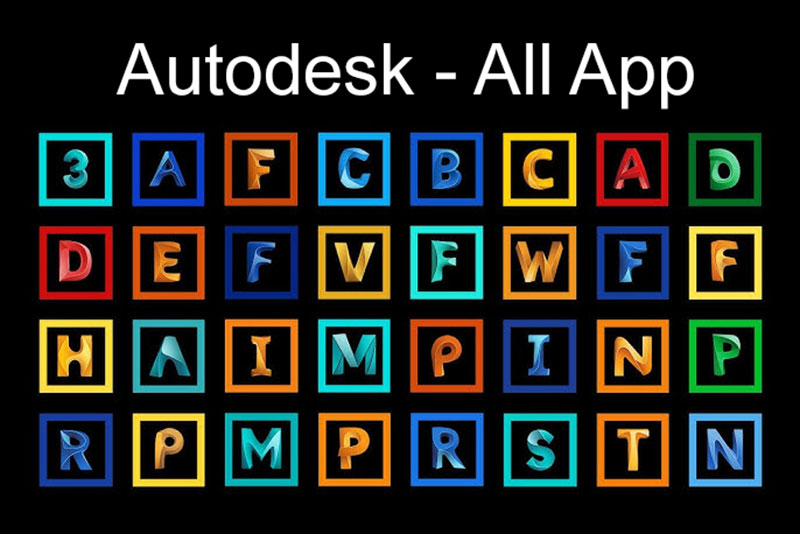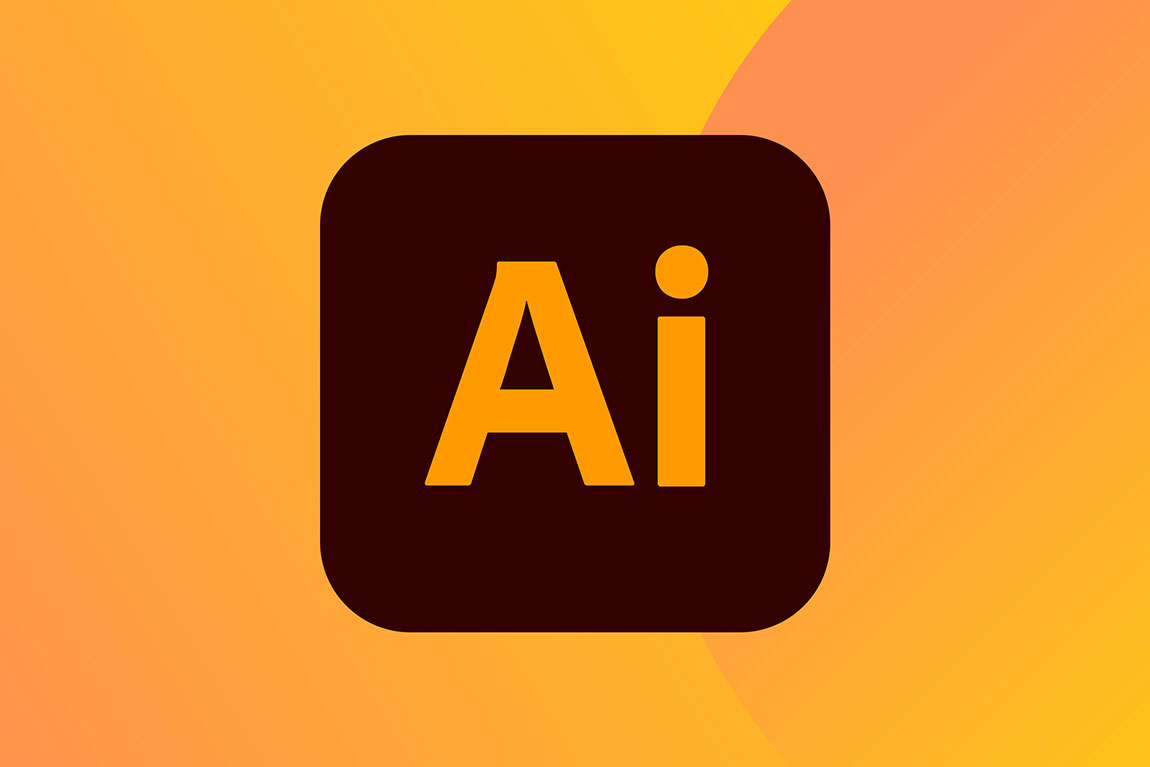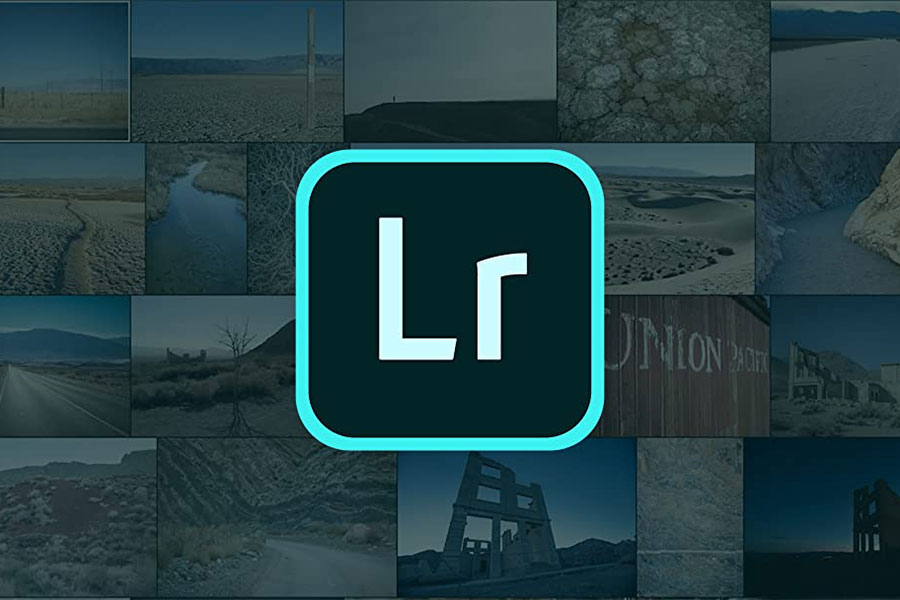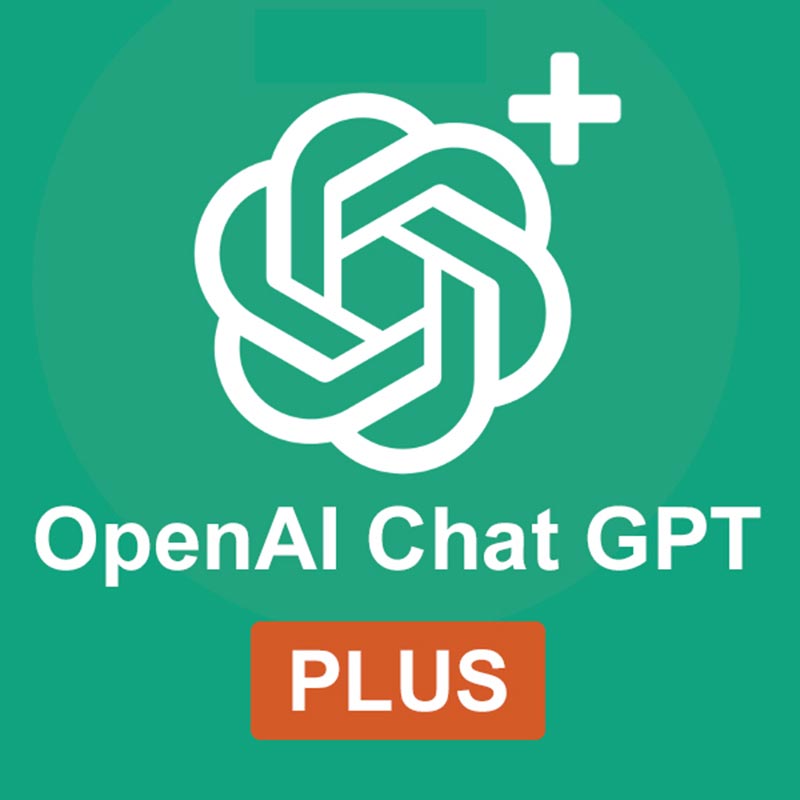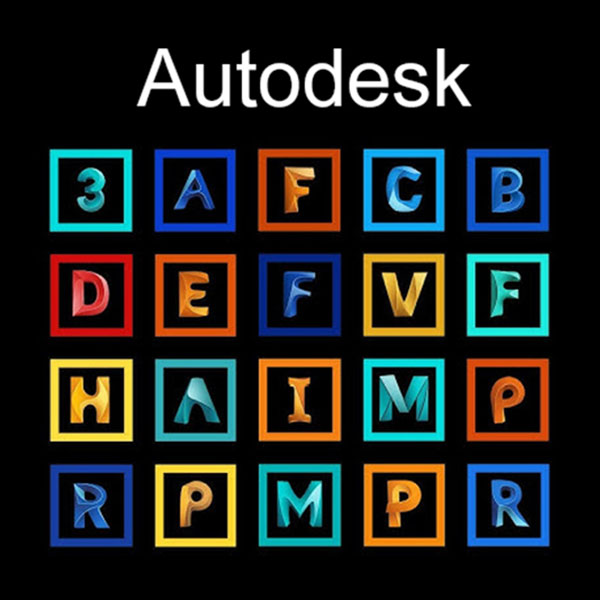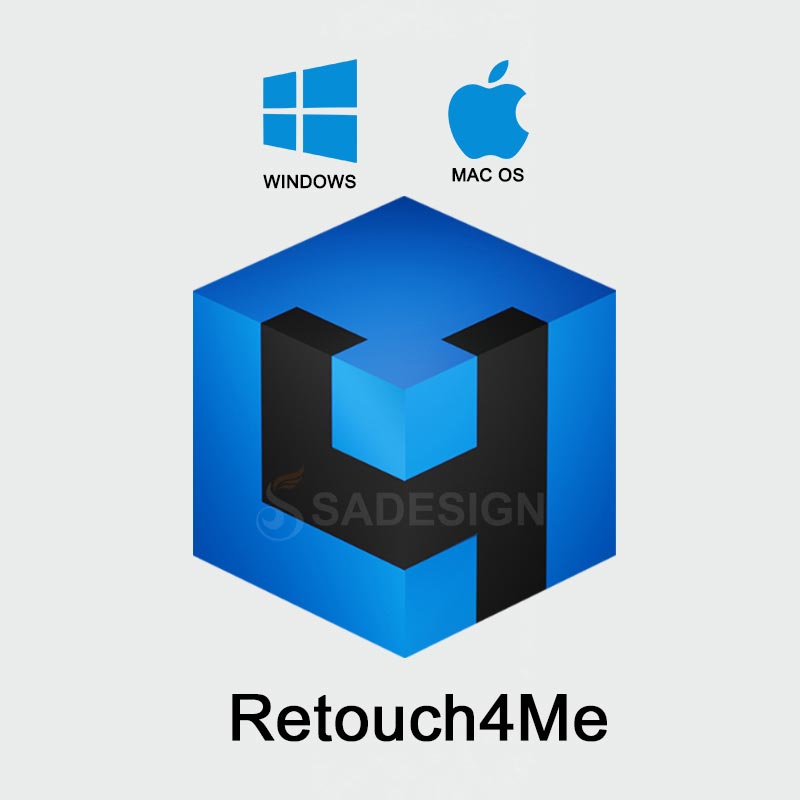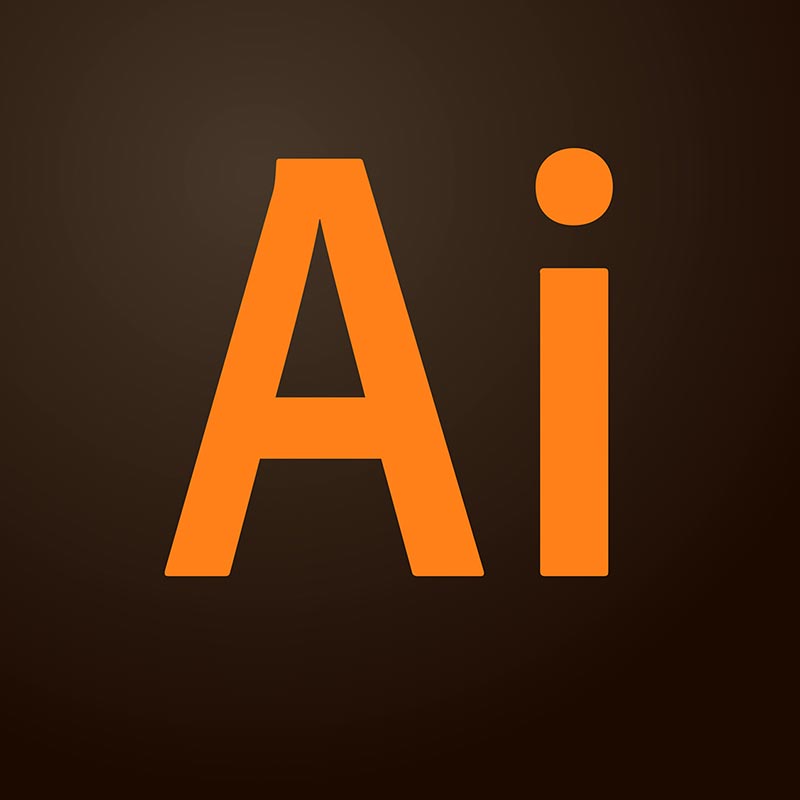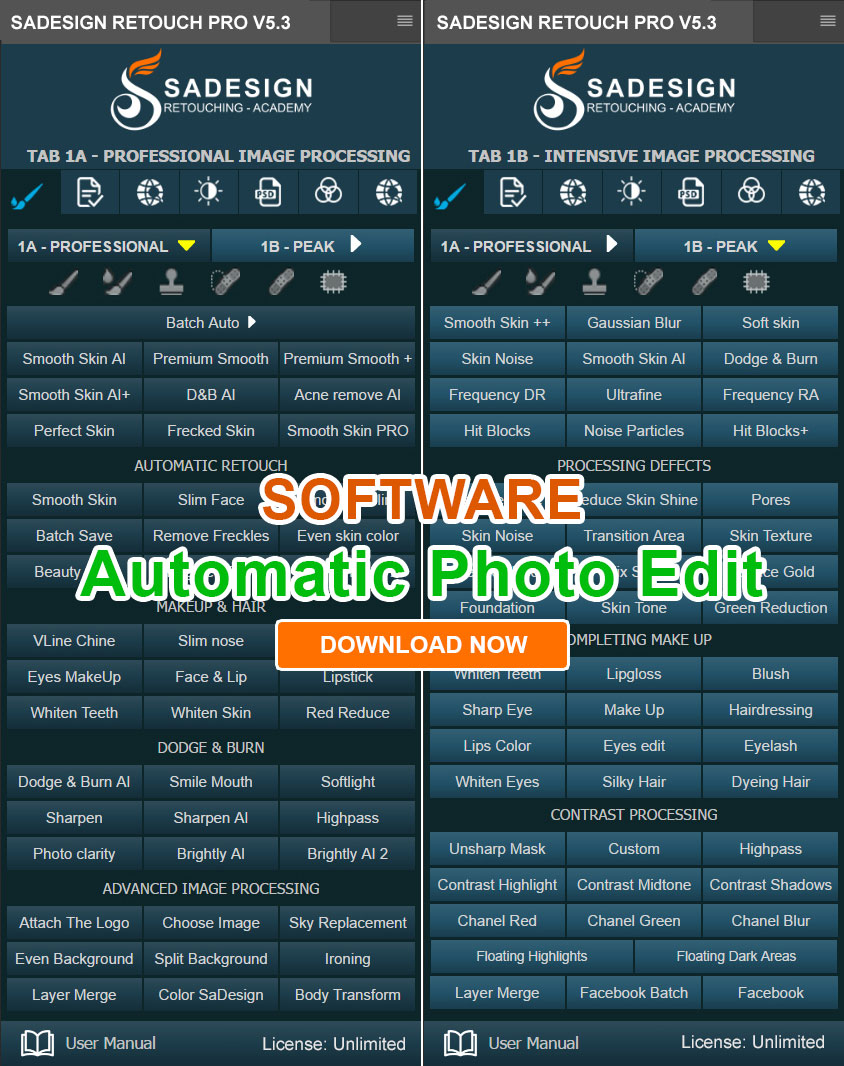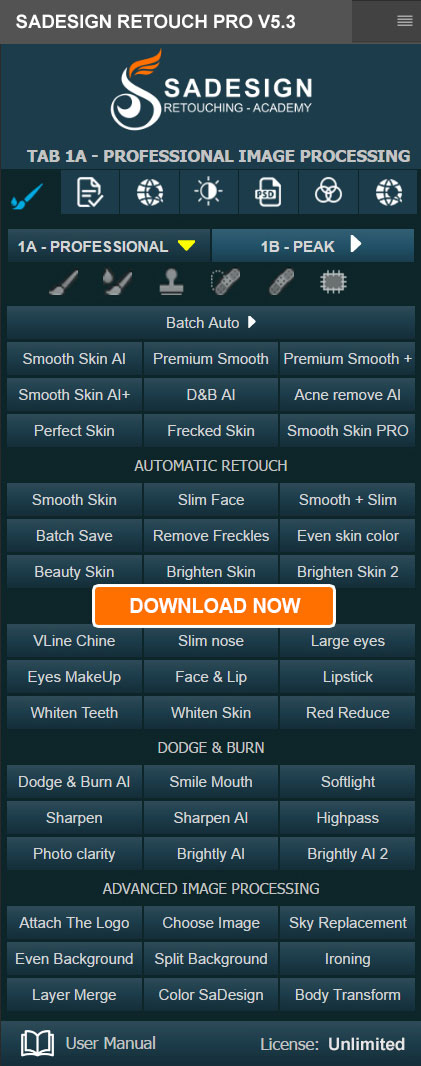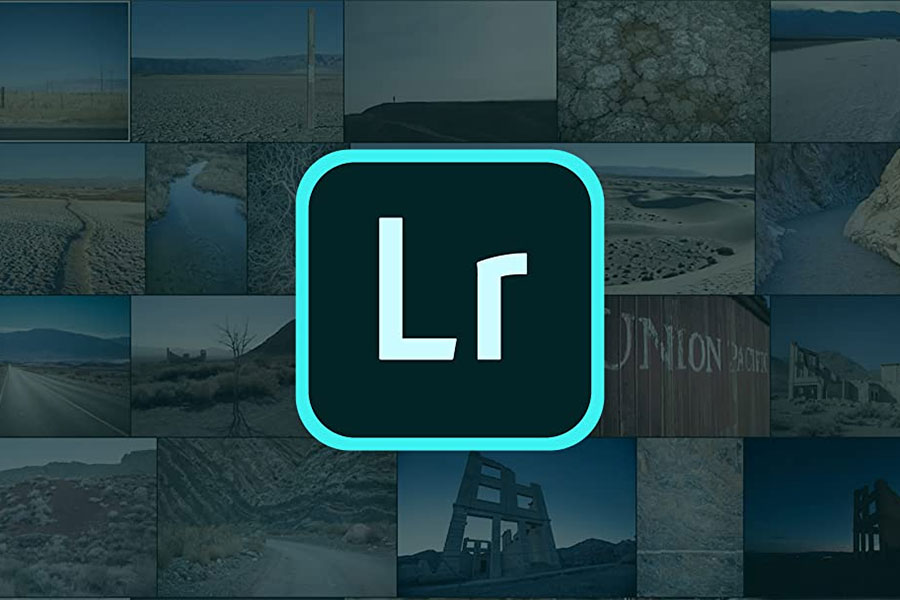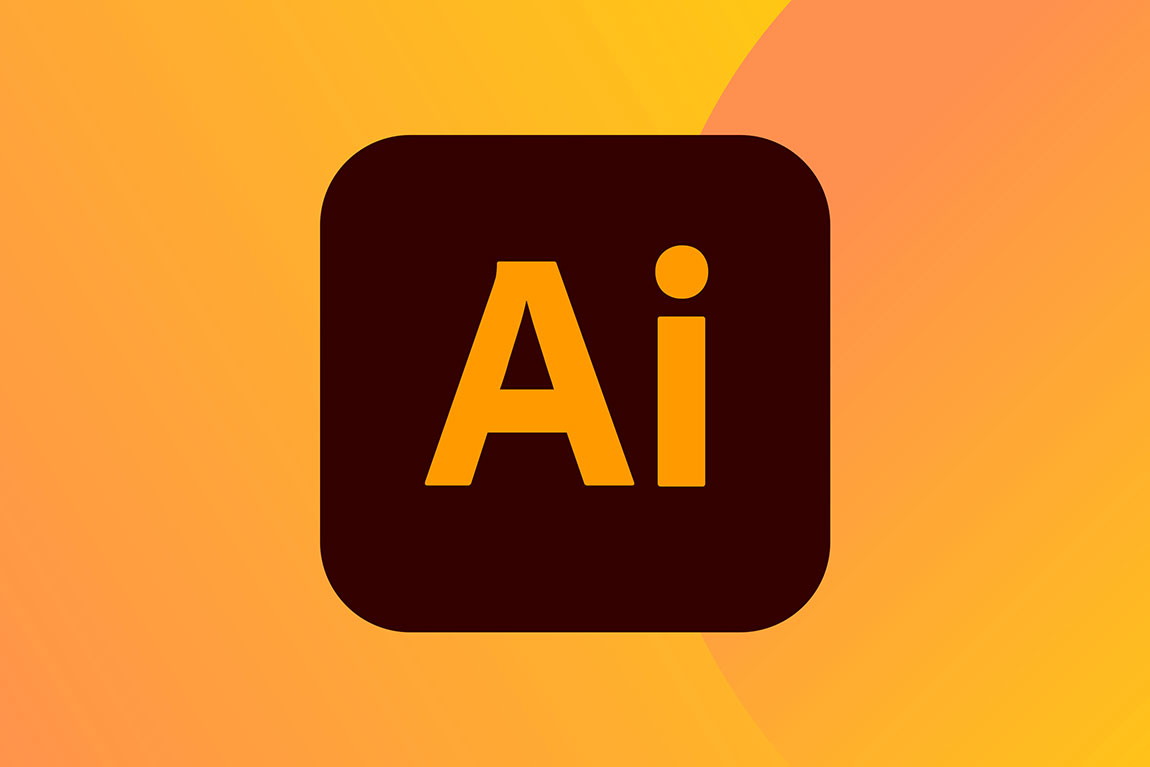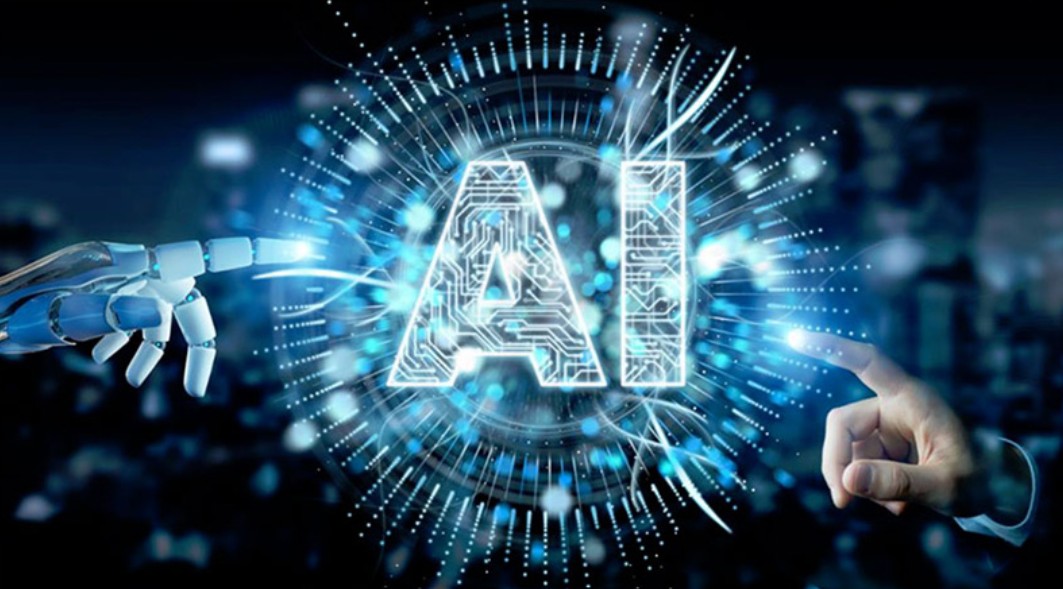Best Selling Products
Are AI and Automation Really the Same? The Truth Will Surprise You!
Nội dung
If you think AI and automation are just “machines replacing humans,” you may not understand what they really are. Let’s explore the real difference between the two concepts to avoid common misconceptions.
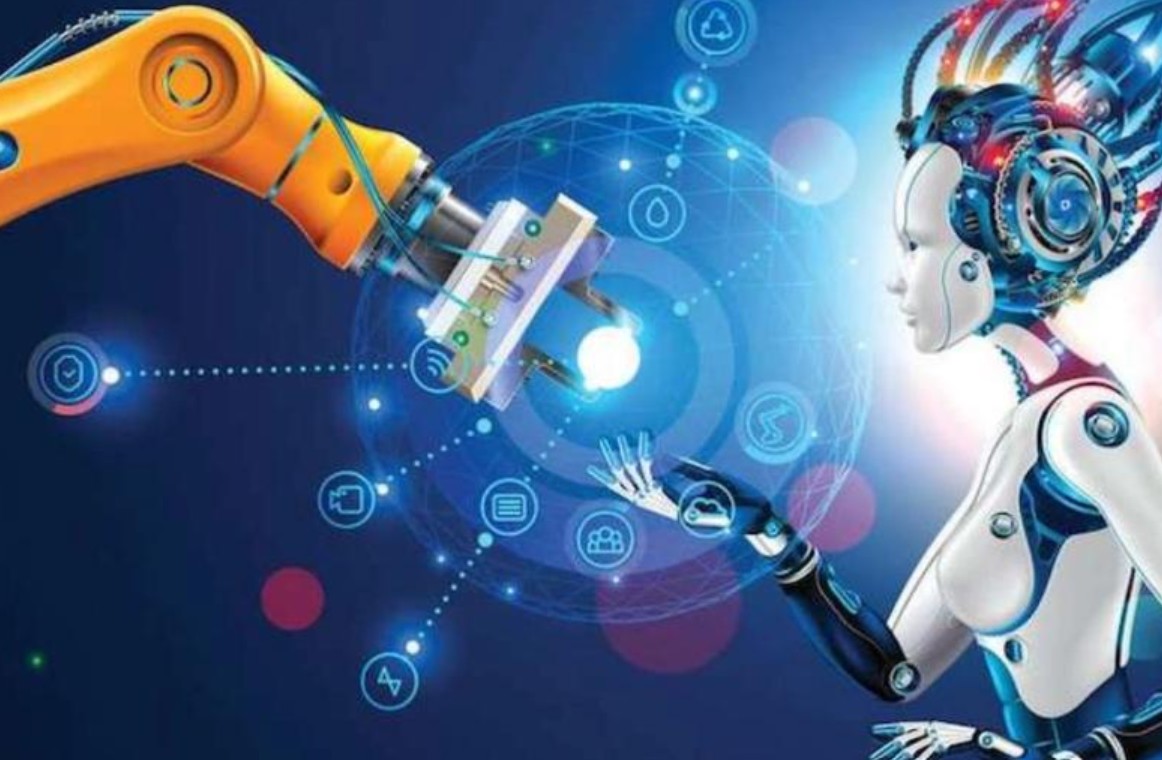
The terms “ Artificial Intelligence ” and “ Automation ” are often used synonymously and interchangeably. They both involve the use of software or automated mechanical devices such as industrial robots to perform tasks in manufacturing processes. Their applications can range from increasing efficiency on a mechanical assembly line, to piecing together parts of a car, to automating the process of sending emails to customers when their orders are not yet complete.
1. The fundamental difference between automation and artificial intelligence AI
There is a significant difference in complexity between the two systems.
Automation is the process of creating a hardware or software system that is capable of performing tasks without human intervention. It focuses on automating specific processes and operations, helping to increase performance and efficiency in many industries and businesses.
.png)
In contrast, Artificial Intelligence (AI) is a branch of science and engineering that focuses on developing intelligent systems that can learn and adapt to their environment. The term “Artificial Intelligence” was coined by John McCarthy and refers to the creation of machines or software that can simulate and even replace human behavior and intelligence. This includes the ability to learn, analyze data, and make decisions without much human intervention.
2. Automation may not rely on AI either
Industrial automation, which originated from the first industrial revolution to the third industrial revolution, has evolved into the modern systems we see today. It includes a combination of automatic control and testing equipment, mechanical labor, and computers. The manifestations of automation in the industrial environment follow clear rules and programming, ensuring efficient and easy-to-control operations.
.png)
However, to turn an automated system into AI, you need to feed it high-quality data. The power of AI often comes from using neural networks, graphs, and machine learning (deep learning). Your coding skills will determine how scalable the system can be, from teaching it what you already know. While automation can predict outputs based on sensor readings, AI always introduces a bit of uncertainty, just like the way the human brain works.
One area where automation software has made a significant contribution is in the financial industry, especially in the early days of PayPal. During this period, fraud became a major threat, causing the company to face issues such as a spike in fraudulent transactions, money laundering risks and phishing attacks, threats to the security of user accounts, and relationships with credit card companies.
In the early 2000s, fraud rates spiked above 120%, posing a major challenge for PayPal. The company was facing massive losses of up to $2,300 per hour due to fraud. To address this problem, founders Max Levchin and David Gausebeck developed the first automated CAPTCHA technology. The goal was to block the creation of fake accounts in fraud rings without affecting the experience of potential customers.
.png)
With the development of technology, PayPal has integrated machine learning systems. A database of information about credit card transactions is provided, and through the processing of big data, machine learning is able to predict fraud more accurately. For PayPal, the large amount of transaction data helps improve the system's predictive ability, to the point where it can predict fraudulent situations even before they happen.
In this context, if automation is the execution of tasks according to pre-programmed rules, then Artificial Intelligence is the ability to simulate human thinking, a deeper and more complex aspect. Specifically, AI has the ability to learn from data and adapt to situations it has never encountered before, just like the way the human brain works. This opens up a range of new and promising applications for the development of artificial intelligence in the future.
3. Automation
Automation has become a key enabler of modernization and efficiency in many industries. For banks, it reduces transaction processing times, while for enterprises, it enables the personalization of millions of marketing messages without manual intervention. Automation is also the power behind fast delivery, with delivery within 4 hours.
.png)
The basic purpose of automation is to have machines perform repetitive, mundane tasks, or as some say “to take the robot out of the human.” This frees workers from monotonous tasks, increasing their ability to focus on creative tasks that require personal touch and judgment. As a result, businesses become more efficient, costs decrease, and human resources become more productive. The flexibility of automated machines also has an ongoing benefit, as they never call in sick, never need vacations, and always get the job done.
However, the important point here is that automation is all about manual configuration. This requires setting up the automation system the way you want it to be, using workflows, programming, and production management. The scenarios that come together and the workflows that are set up all play a big role in shaping how the automation system operates. In short, automation is not just about machines executing commands, but also about the sophistication of how they are configured and managed.
.png)
4. Artificial Intelligence AI
Within the community of tech leaders, a heated debate is taking place over the two distinct futures that artificial intelligence could bring. Tesla CEO Elon Musk, a futurist and visionary, has issued a stark warning, saying that “Robots and artificial intelligence being able to do everything better than we do represents the greatest risk we face as a civilization.” He argues that the development of AI could pose a worrying threat to the future of humanity.
Stephen Hawking, a renowned physicist, also shared a similar view when he said that “The development of full artificial intelligence could spell the end of the human race.” He also warned about the dangers that AI advancements could bring.
However, there are also strong advocates of artificial intelligence, who believe that AI can help humans without being a threat to their lives. They believe that AI will not be affected by natural human frailties, such as aging and death.
.png)
But, like most humans, AI is not simply following orders. More importantly, AI is designed to constantly look for patterns, learn from experience, and choose appropriate responses in situations based on them, just like humans. So we are creating a system that is more powerful than anything we could ever imagine, not just a simple copy of ourselves.
Whether it is automation or artificial intelligence, both play an important role in improving performance and enhancing the quality of work in many different fields. Automation helps optimize repetitive processes, reducing the workload for humans, while AI brings the ability to learn and adapt, opening up new potentials in technology and life. The development of AI can bring many opportunities but also comes with challenges that people need to consider carefully. The most important thing is to know how to apply and control them properly to create a balanced future between technology and human values.
